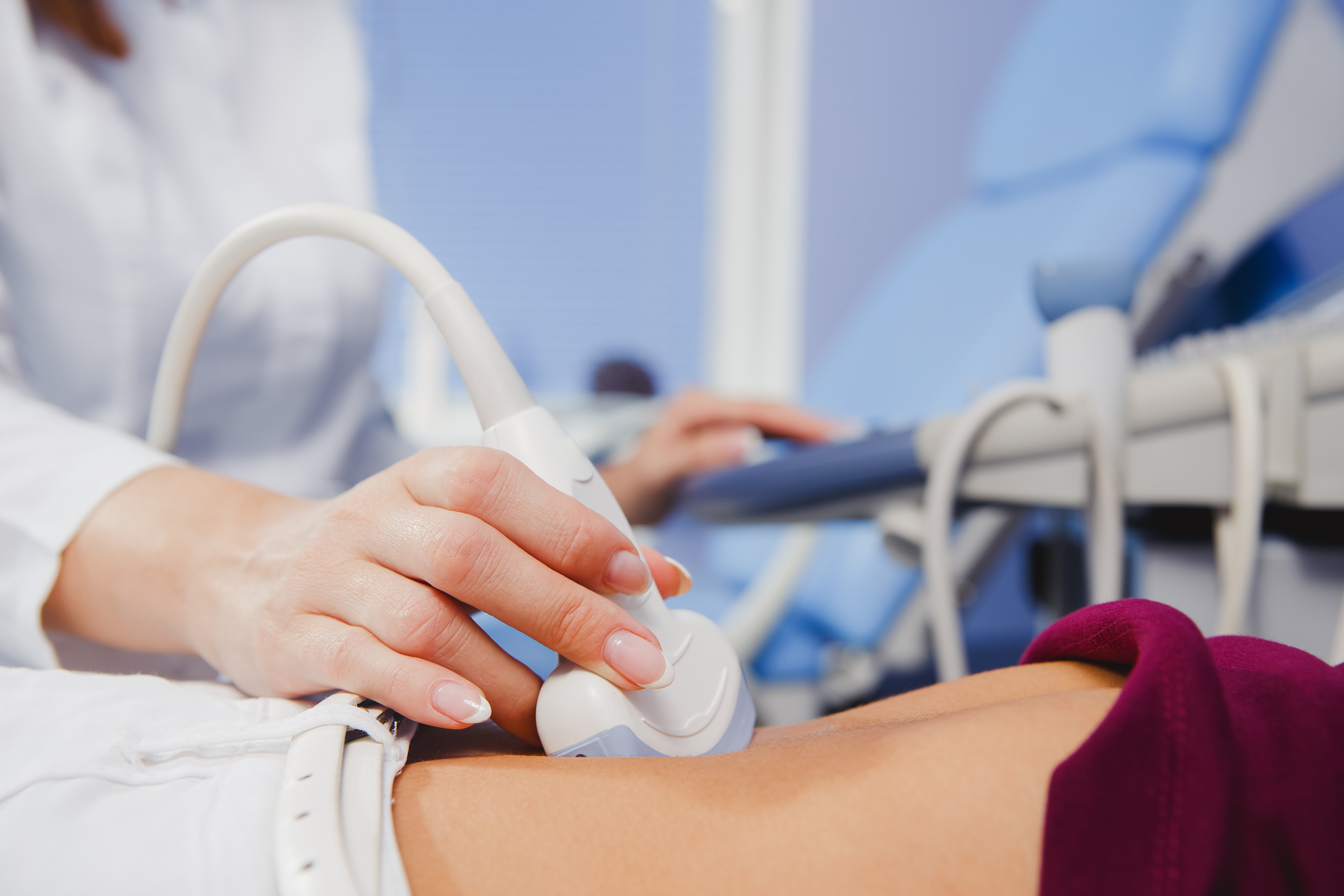The Expanding Role of POCUS in Anesthesiology: Insights from a New Review
Discover how point-of-care ultrasound (POCUS) is transforming anesthesiology, enhancing procedural precision, diagnostic speed, and patient safety in...
Ultrasound is an exciting and proven technology that has been around for a long time.
However, in recent years its utility has been rapidly expanding. This blog reports on important advancements, findings, and information related to ultrasound technology, ultrasound utility, & ultrasound education & training.

Get the latest trends in ultrasound training, education, & applications delivered to your inbox.
Discover how point-of-care ultrasound (POCUS) is transforming anesthesiology, enhancing procedural precision, diagnostic speed, and patient safety in...
Learn how addressing Difficult Intravenous Access (DIVA) in emergency departments can improve patient care and reduce delays, based on insights from...
Explore how POCUS training affects cardiac tamponade diagnosis reliability among emergency physicians, revealing both potential and challenges in...
Explore the barriers to POCUS adoption in internal medicine and learn how SonoSim can support sustainable implementation through comprehensive...
Integrating POCUS training into internal medicine residency can improve diagnostics and clinical decision-making.
Meta-analysis confirms the high specificity of POCUS by emergency physicians in diagnosing acute cholecystitis.
Standardized point-of-care ultrasound training in nurse practitioner education - the path forward.
Enhance first-trimester obstetrical care with point-of-care ultrasound (POCUS) for accurate pregnancy dating, immediate pregnancy confirmation, and...
Ultrasound reduces undiagnosed breech presentations and improves neonatal outcomes, highlighting the importance of universal screening and effective...
Explore the critical role of ultrasound in diagnosing and managing uterine fibroids, highlighting personalized treatment strategies and the...
Get the latest trends in ultrasound training, education, & applications delivered to your inbox.